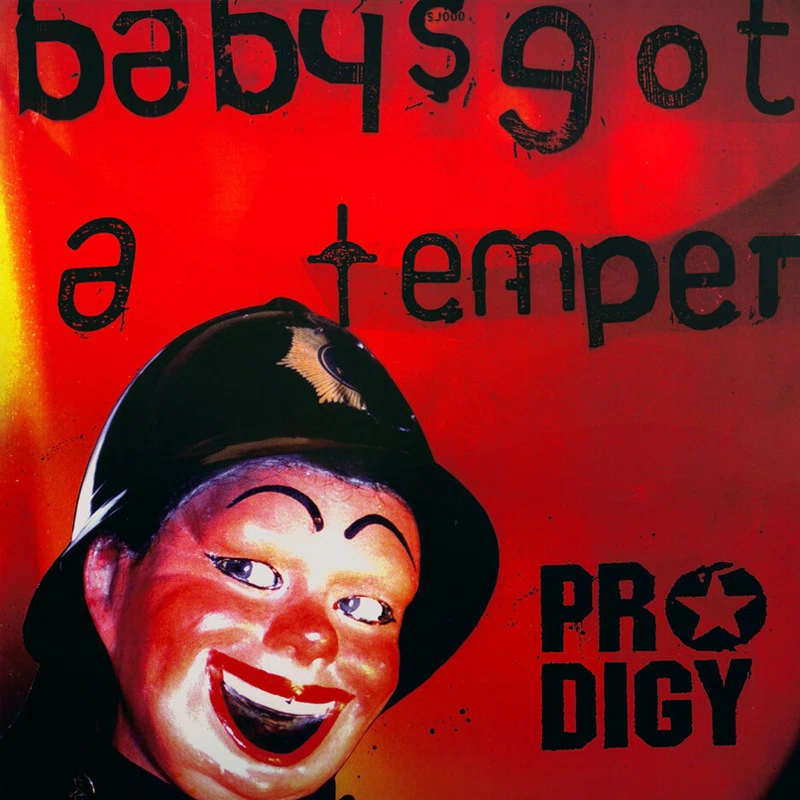The Prodigy — Baby’s got a temper. Story behind the single and artwork

This single has a fascinating journey: it was loved, defended, renounced, and, finally, accepted. It was supposed to precede the release of the album Always outnumbered, Never outgunned, not the one that came out in 2004, but another one that we will never hear. At least half of it was recorded in 2002, but the clamour around Baby’s got a temper and the vagueness of the band’s status in the early noughties changed its direction. Music had changed a lot since 1997 and The Fat of the Land, and Liam Howlett caught himself thinking that he was writing a second Firestarter in the studio. So, he threw the album out. He shut up the studio with its expensive equipment and switched to a laptop in his bedroom.
Scandals? The Prodigy are no strangers to scandals. Keith Flint sang about Rohypnol—a strong sedative with a notorious reputation: it was often used to spike girls’ drinks with the expectation it would cause a blackout. The combination of ethanol and Rohypnol completely erased the victim’s memories of the


